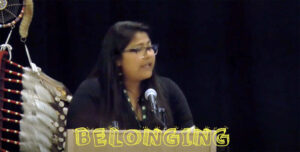
Connecting with Culture: Belonging
Here is a less than four minute video about Belonging. Belonging is one of four central elements of mental wellness, and we can connect with Belonging through culture.

Here is a less than four minute video about Belonging. Belonging is one of four central elements of mental wellness, and we can connect with Belonging through culture.
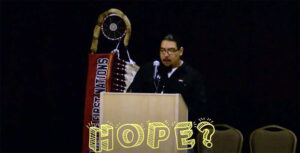
Here is an under two-minute video about Hope. Hope is one of four central elements of mental wellness, and we can connect with Hope through culture.

Hope, Belonging, Meaning, and Purpose are central to wellness. Many of the videos and other resources on this website are based on one or all of these concepts. We can
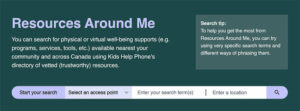
You can search for physical or virtual well-being supports (e.g. programs, services, tools, etc.) available nearest your community and across Canada using Kids Help Phone’s directory of vetted (trustworthy) resources.
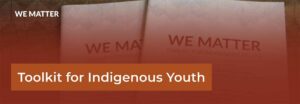
The Indigenous Youth Toolkit is here to help YOU feel better, and to overcome tough times – especially if things are hard. Use the Toolkit on your own, or together
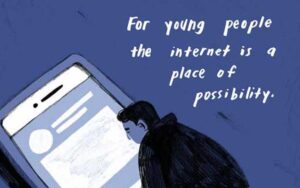
The internet is a place of both risk and possibility. By hearing from young people and reviewing existing research, the Canadian Mental Health Association (BC Division) unpacked the various ways
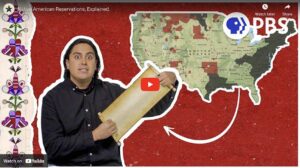
Mohawk and Mi’kmaq actor, writer, and comedian Tai Laclaire hosts a series of videos called “A People’s History of Native America.” Though he speaks primarily to an American audience, he
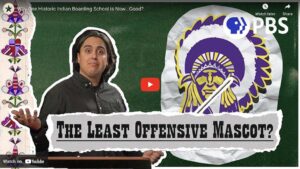
Mohawk and Mi’kmaq actor, writer, and comedian Tai Laclaire hosts a series of videos called “A People’s History of Native America.” Though he speaks primarily to an American audience, he

Mohawk and Mi’kmaq actor, writer, and comedian Tai Laclaire hosts a series of videos called “A People’s History of Native America.” Though he speaks primarily to an American audience, he
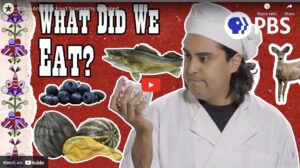
Mohawk and Mi’kmaq actor, writer, and comedian Tai Laclaire hosts a series of videos called “A People’s History of Native America.” Though he speaks primarily to an American audience, he